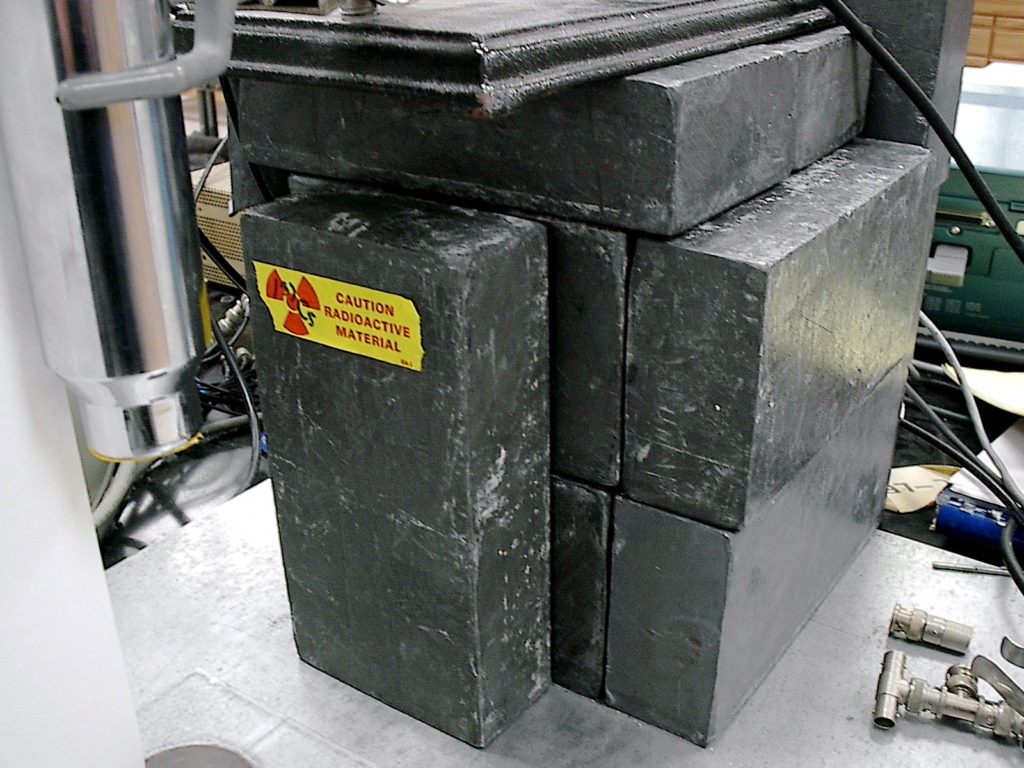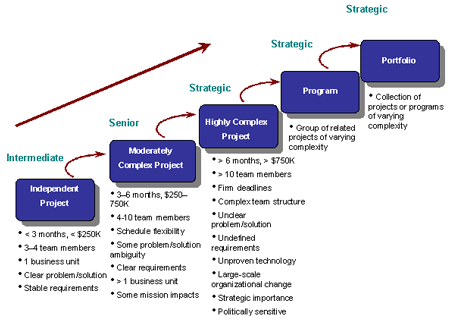Lead In Products: Understanding The Complexities And Importance Of A Persistent Element
Lead in Products: Understanding the Complexities and Importance of a Persistent Element
Related Articles: Lead in Products: Understanding the Complexities and Importance of a Persistent Element
Introduction
With great pleasure, we will explore the intriguing topic related to Lead in Products: Understanding the Complexities and Importance of a Persistent Element. Let’s weave interesting information and offer fresh perspectives to the readers.
Table of Content
Lead in Products: Understanding the Complexities and Importance of a Persistent Element

Lead, a dense, soft, silvery-grey metal, has been a staple in various industries for centuries. Its unique properties, such as malleability, resistance to corrosion, and ability to absorb sound, have made it a valuable component in a wide range of products. However, lead is also a known toxic substance, posing health risks, particularly to children and pregnant women. Understanding the presence of lead in various products, its potential risks, and the efforts to mitigate them is crucial for informed consumer choices and responsible manufacturing practices.
Lead in Everyday Products: A Historical Perspective
Lead’s use in products dates back to ancient times. The Romans, for instance, used lead pipes for water transportation, unknowingly exposing themselves to lead poisoning. This historical context underscores the long-standing presence of lead in human civilization and the need for ongoing vigilance regarding its potential health implications.
Common Products Containing Lead
Lead, though gradually phased out from many applications due to its toxicity, continues to be present in several everyday products, including:
1. Batteries: Lead-acid batteries, commonly found in cars, motorcycles, and other vehicles, are still widely used due to their high energy density and cost-effectiveness.
2. Paint: Lead-based paints were once common, especially before the 1970s. While their use has been restricted in many countries, older homes may still contain lead paint, posing a risk to children and pregnant women.
3. Stained Glass: Lead is used in stained glass windows and art due to its ability to hold the glass pieces together and create intricate designs.
4. Pewter: This alloy, often used in tableware and decorative items, typically contains lead, though its concentration has been reduced in recent years.
5. Fishing Weights: Lead is commonly used in fishing weights due to its density and durability.
6. Ceramics: Lead glazes were historically used to create vibrant colors and glossy finishes in ceramics, but their use has been largely discontinued due to health concerns.
7. Electronics: Lead is found in some electronics, particularly in older models, as a component in solder and other materials.
8. Jewelry: Lead is sometimes used in jewelry, especially in costume jewelry, due to its affordability.
9. Toys: Lead-based paints and materials were once common in toys, but regulations have significantly reduced their use. However, it is still essential to be cautious about the potential presence of lead in older toys.
10. Pipes and Plumbing: Lead pipes were historically used for water transportation, but their use has been largely phased out in developed countries due to health concerns.
The Health Risks Associated with Lead
Lead is a neurotoxin, meaning it can damage the nervous system. Exposure to lead can lead to various health problems, including:
- Neurological Issues: Lead can affect brain development, especially in children, leading to learning disabilities, behavioral problems, and lower IQ scores.
- Cardiovascular Problems: Lead exposure has been linked to an increased risk of high blood pressure, heart disease, and stroke.
- Reproductive Issues: Lead can affect fertility and reproductive health in both men and women.
- Kidney Damage: Lead exposure can damage the kidneys, leading to kidney failure in severe cases.
- Bone Problems: Lead can interfere with calcium absorption, leading to bone weakness and osteoporosis.
Children and Lead: A Critical Concern
Children are particularly vulnerable to lead poisoning due to their developing brains and bodies. They may absorb lead more easily than adults, and even low levels of exposure can have significant long-term consequences.
Lead in the Environment: A Global Concern
Lead pollution is a global concern, with sources ranging from industrial emissions to the use of lead-based products. Environmental lead contamination can enter the food chain, posing risks to human health.
Regulations and Efforts to Reduce Lead Exposure
Recognizing the dangers of lead, many countries have implemented regulations to limit its use in various products and environments. These regulations include:
- Phase-out of Lead-Based Paint: Many countries have banned the use of lead-based paints in residential and commercial buildings.
- Restrictions on Lead in Toys and Consumer Products: Regulations limit the amount of lead allowed in toys and other consumer products to protect children.
- Lead Testing and Certification Programs: Many countries have programs to test and certify products for lead content, ensuring compliance with safety standards.
- Recycling and Waste Management: Proper recycling and waste management practices are crucial to prevent lead from entering the environment.
FAQs About Lead in Products
1. How can I determine if a product contains lead?
- Product Labeling: Look for labels indicating the presence or absence of lead.
- Third-Party Testing: Consider having products tested by a reputable laboratory.
- Research and Information: Consult product manuals, online resources, and government agencies for information on lead content.
2. What are the symptoms of lead poisoning?
- Children: Irritability, fatigue, loss of appetite, headaches, abdominal pain, vomiting, constipation, developmental delays, and behavioral problems.
- Adults: Headaches, fatigue, irritability, memory problems, muscle weakness, and joint pain.
3. What should I do if I suspect lead poisoning?
- Contact a healthcare professional immediately.
- Follow their instructions for testing and treatment.
4. Is lead poisoning reversible?
- Lead poisoning can be treated, but the effects may not be fully reversible, especially in children.
5. How can I reduce my exposure to lead?
- Avoid using lead-based products.
- Wash hands thoroughly after handling lead-containing materials.
- Keep children away from lead-painted surfaces.
- Test your home for lead paint.
- Follow safe practices for handling lead-acid batteries.
Tips for Reducing Lead Exposure
- Choose lead-free products whenever possible.
- Read product labels carefully and look for lead-free certifications.
- Be cautious about older products, especially those made before lead regulations were implemented.
- Maintain good hygiene, especially when handling potential lead sources.
- Keep children’s toys and play areas clean and free from lead-based materials.
- Regularly test your home for lead paint, especially if you have young children.
- Consider having your water pipes tested for lead contamination.
Conclusion
Lead, while a valuable material with unique properties, also poses significant health risks. Understanding the presence of lead in various products, its potential health implications, and the regulations aimed at mitigating these risks is essential for informed consumer choices and responsible manufacturing practices. By making conscious decisions and following safety guidelines, individuals can reduce their exposure to lead and protect themselves and their families from its harmful effects.
This article provides a comprehensive overview of lead in products, highlighting its historical context, common applications, associated health risks, regulations, and tips for reducing exposure. As technology advances and awareness grows, the use of lead in products is expected to continue declining, paving the way for safer and healthier alternatives.








Closure
Thus, we hope this article has provided valuable insights into Lead in Products: Understanding the Complexities and Importance of a Persistent Element. We hope you find this article informative and beneficial. See you in our next article!
You may also like
Recent Posts
- The Art Of Persuasion: A Comprehensive Guide To Makeup Product Label Design
- A Comprehensive Look At Mary Kay Cosmetics: Reviews, Insights, And Considerations
- Affordable Skin Care: A Guide To Effective Products Under INR 100
- Navigating The World Of Mary Kay Discounted Products: A Comprehensive Guide
- The Power Of High-Resolution Images: A Guide To Acquiring The Best Visuals For Your Projects
- The Power Of Reviews: Navigating The World Of Makeup Products
- Swiss Beauty Makeup: A Comprehensive Guide To Quality And Affordability
- Embracing Natural Beauty: Makeup Tips And Techniques For Women Over 50
Leave a Reply